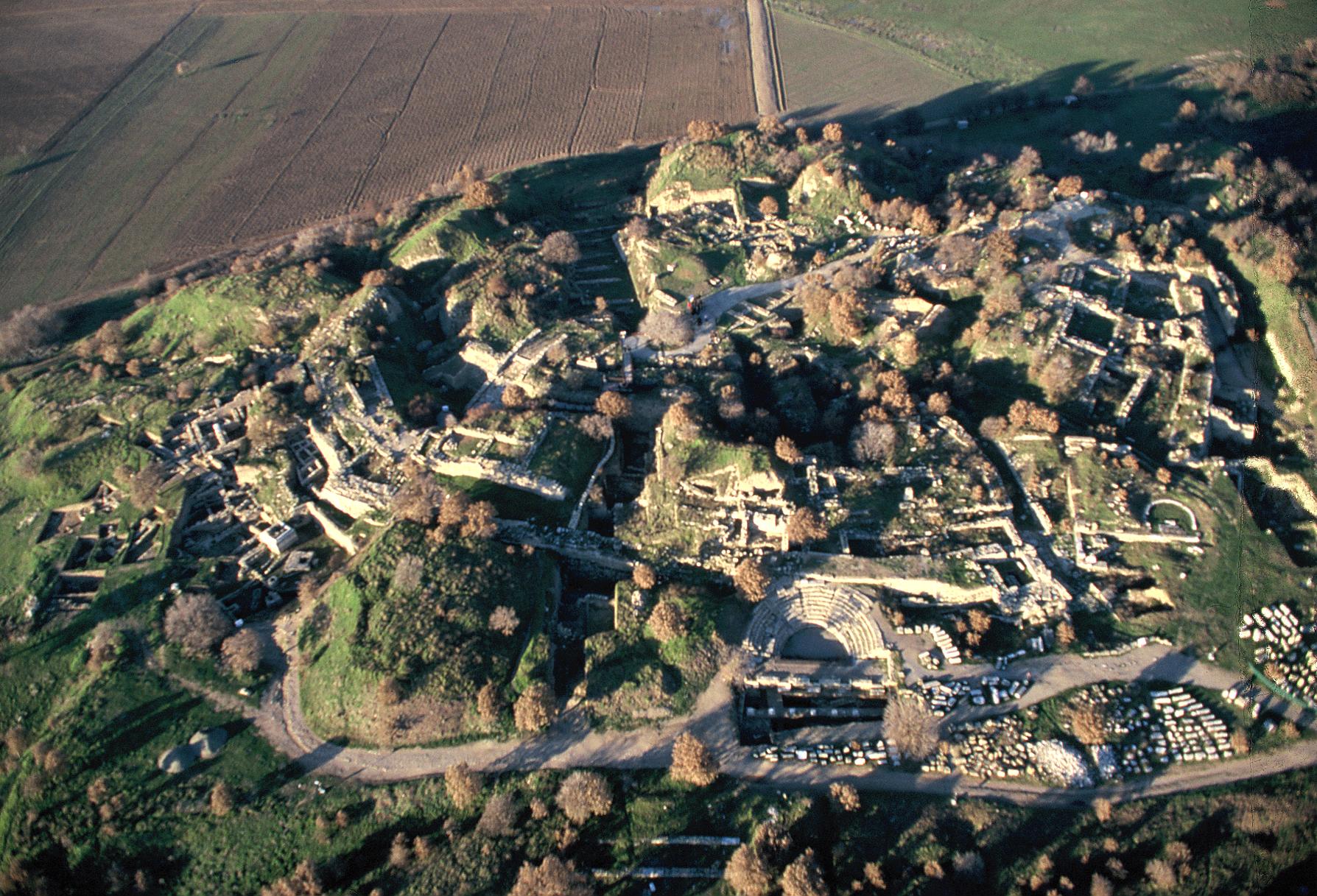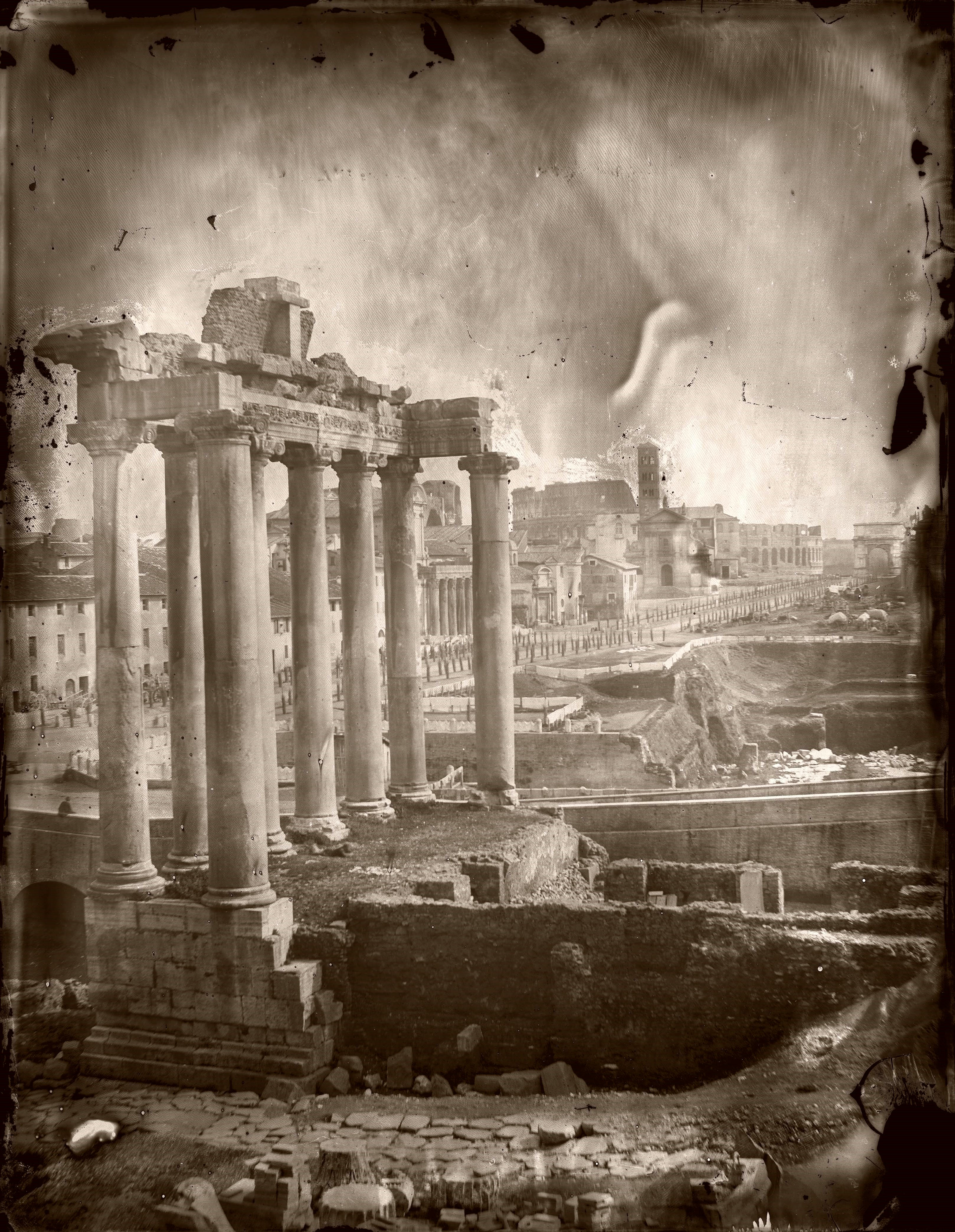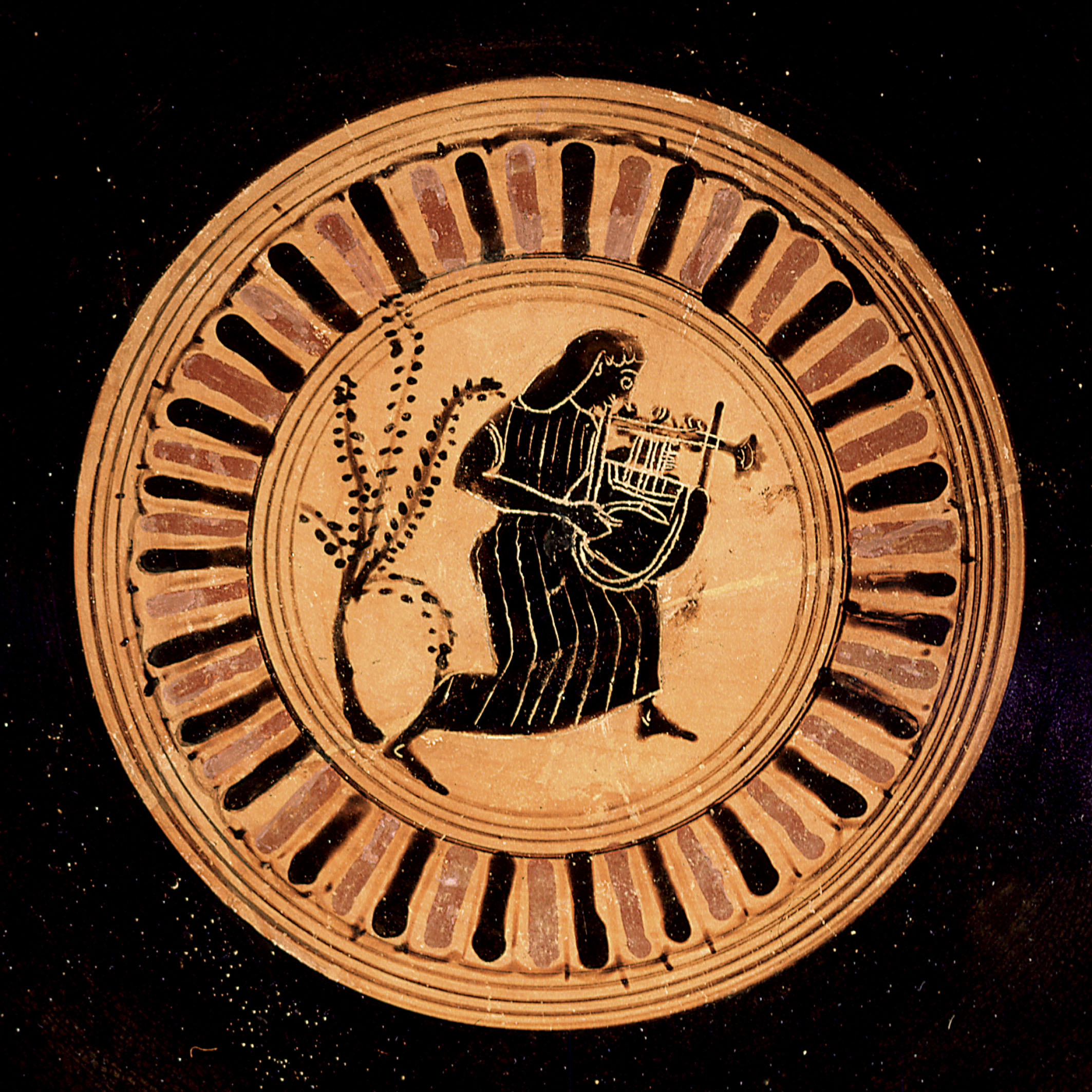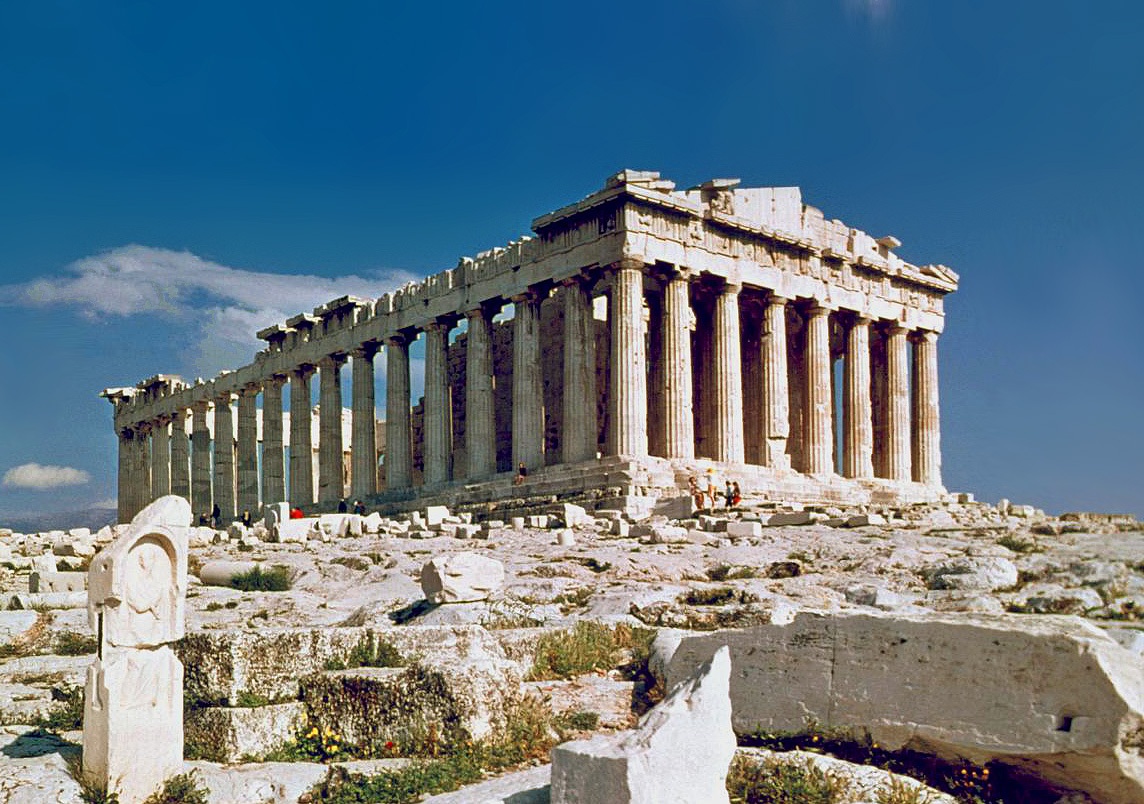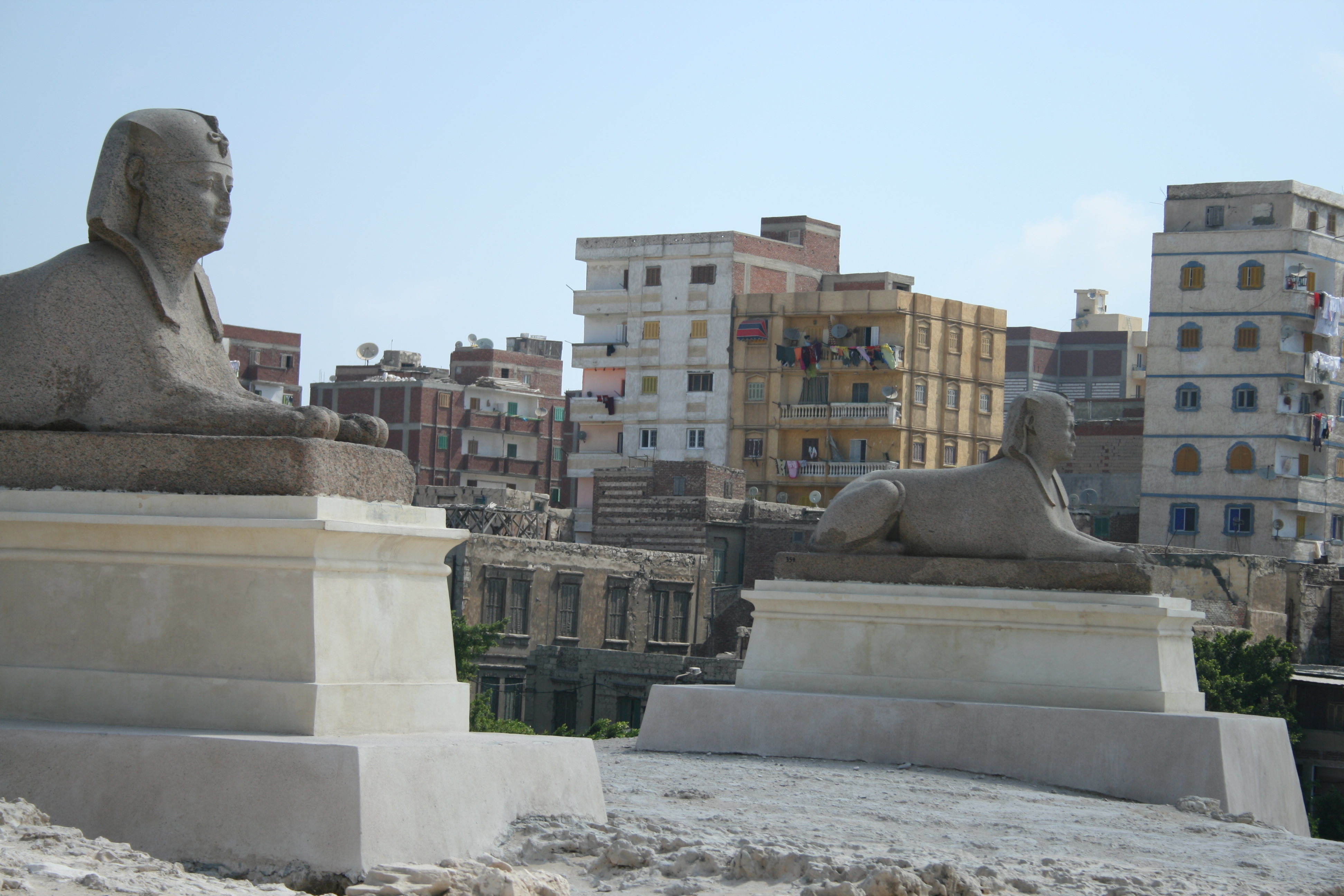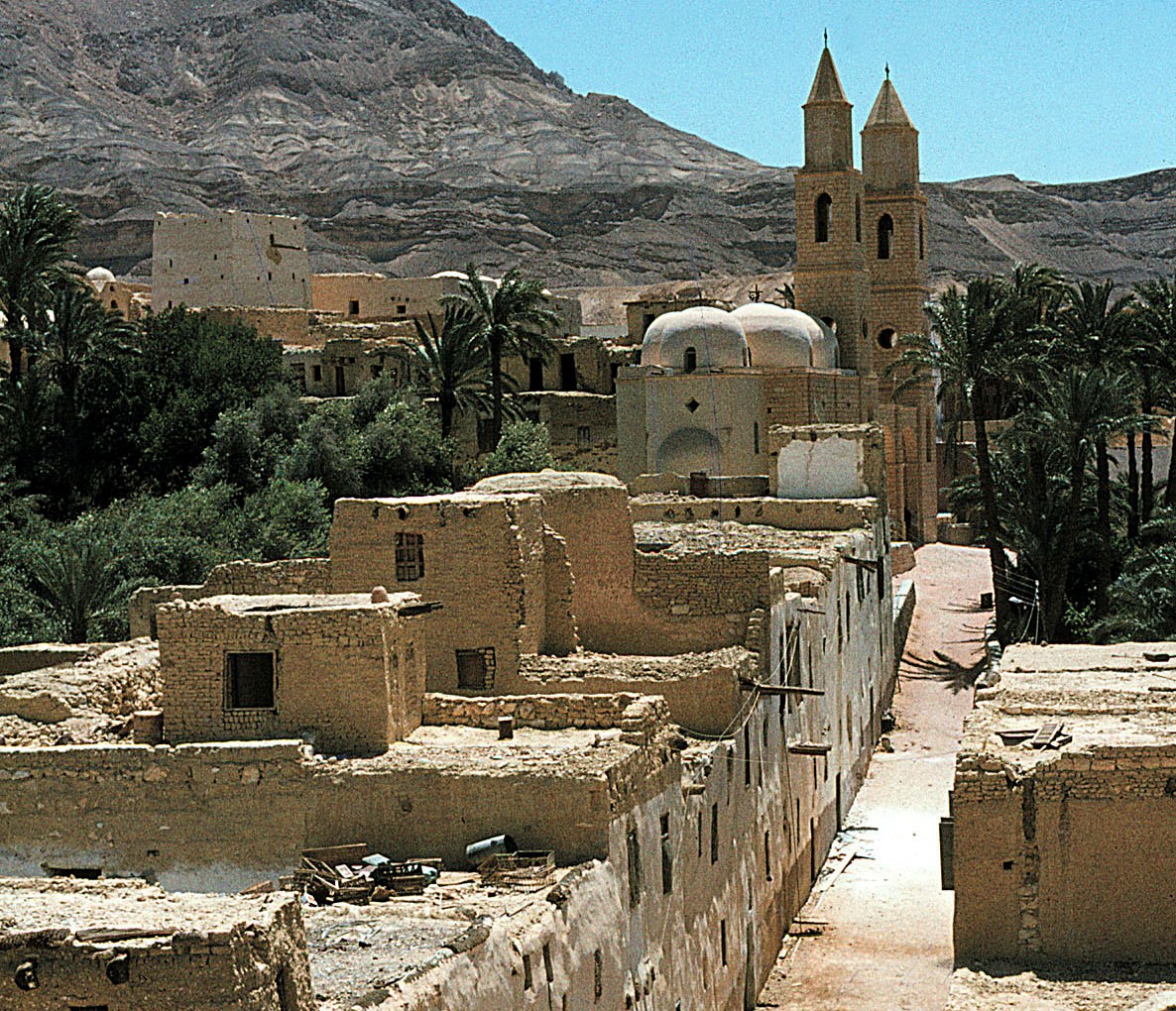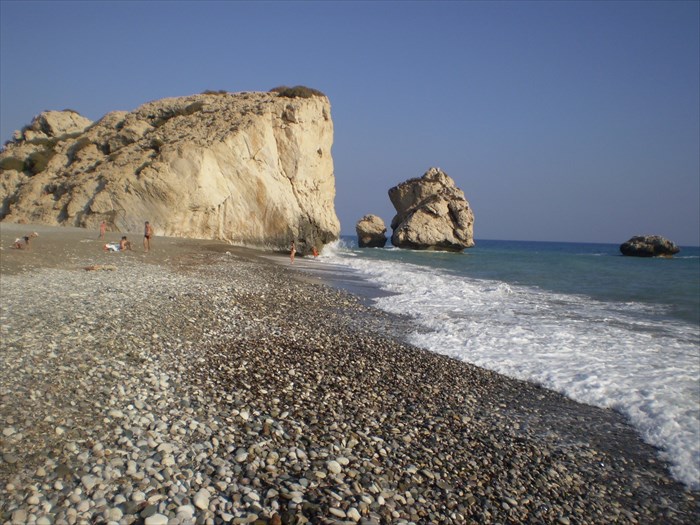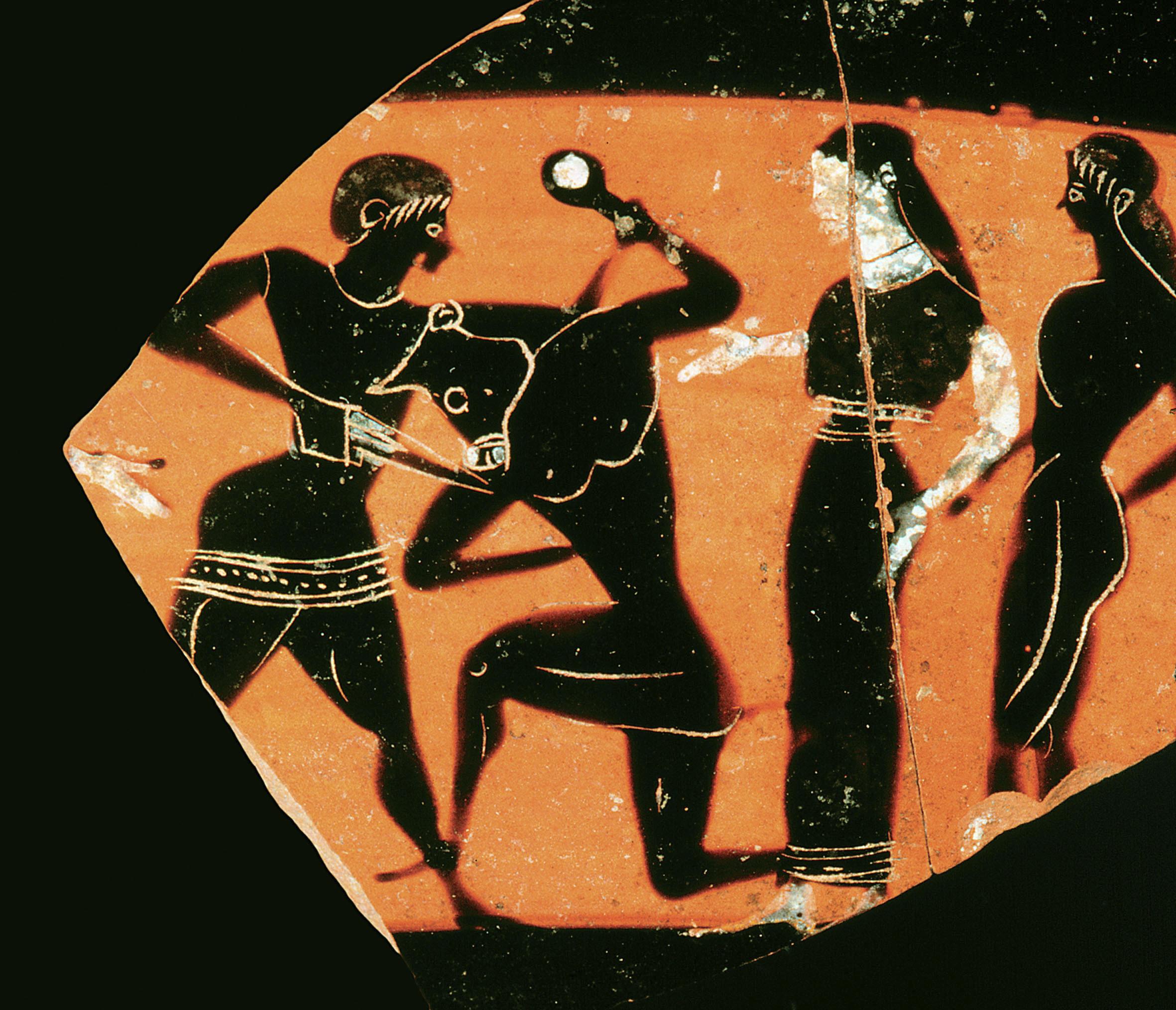Near East
Geographically, the Near East extends from the western coasts of Turkey and the Levant to the eastern border of Iran. All its different civilizations, which span millennia, are culturally and historically referred to as 'Near Eastern'.
Read more